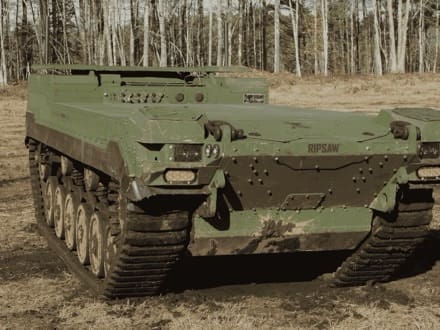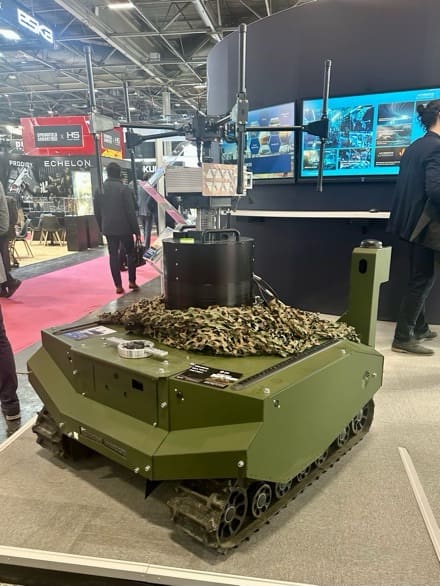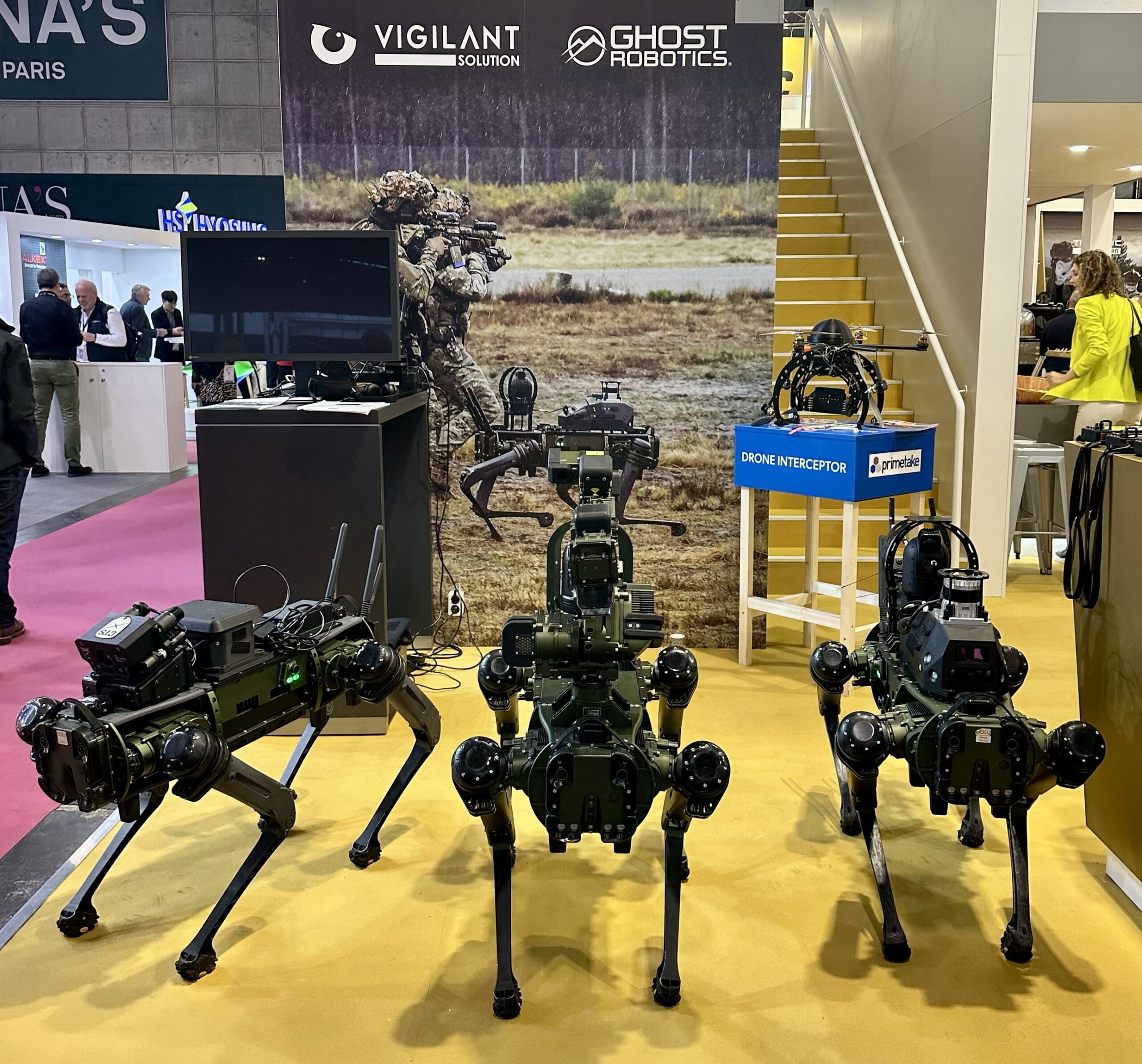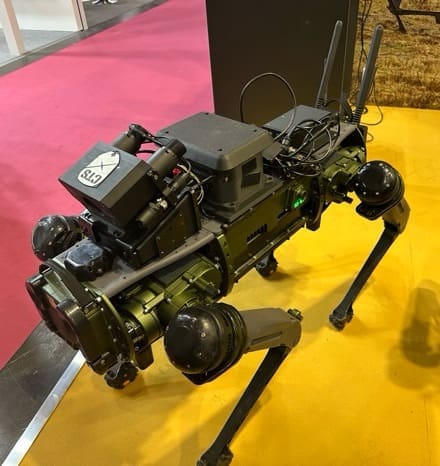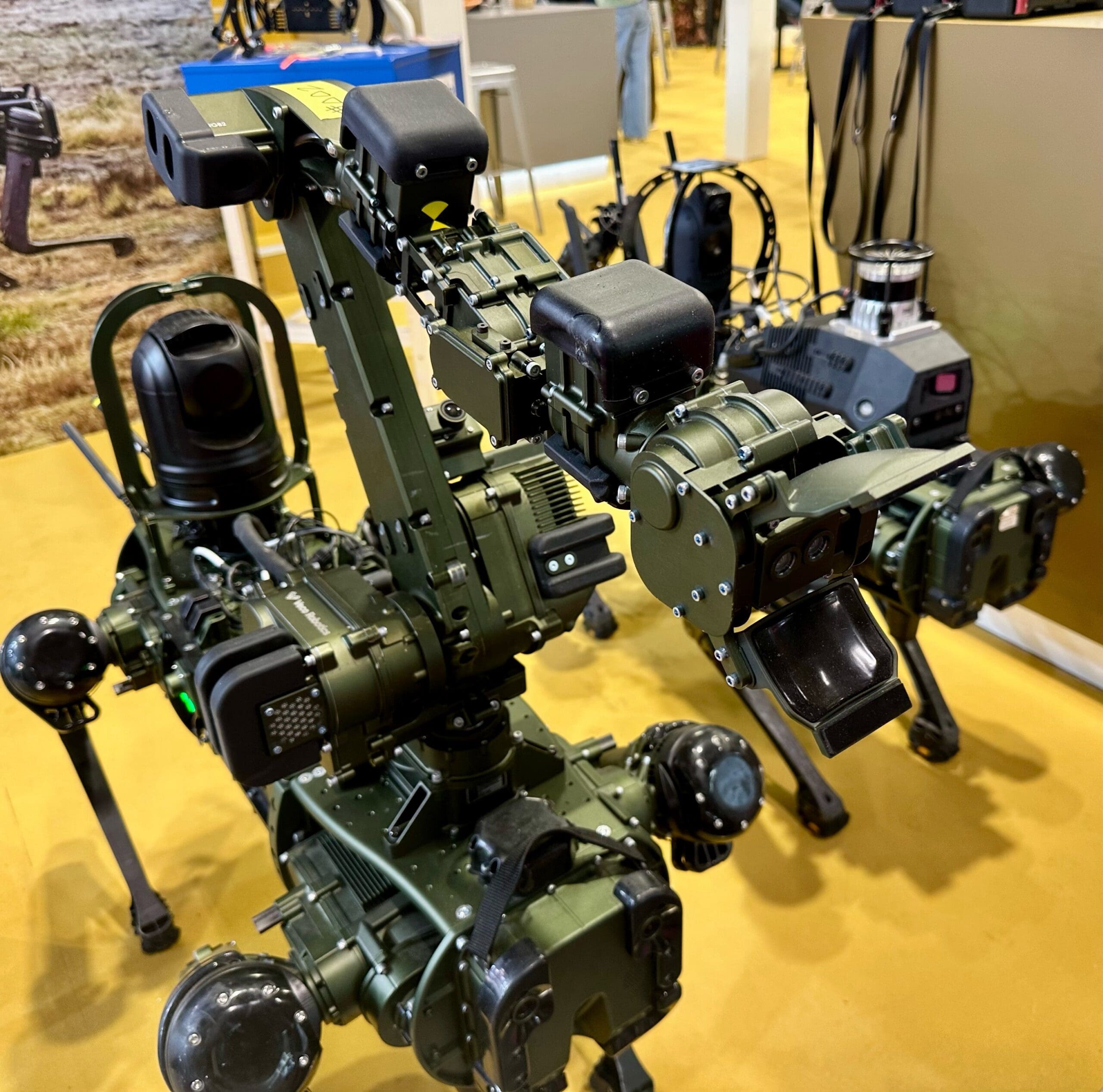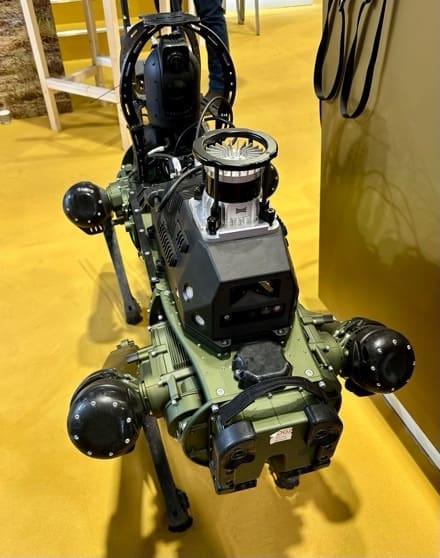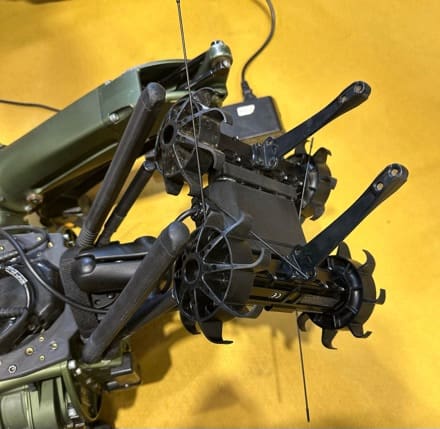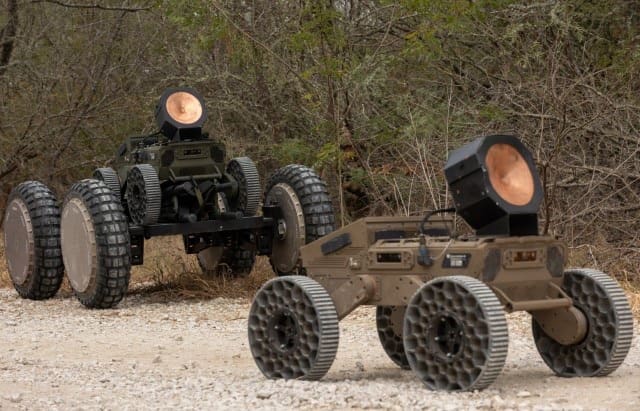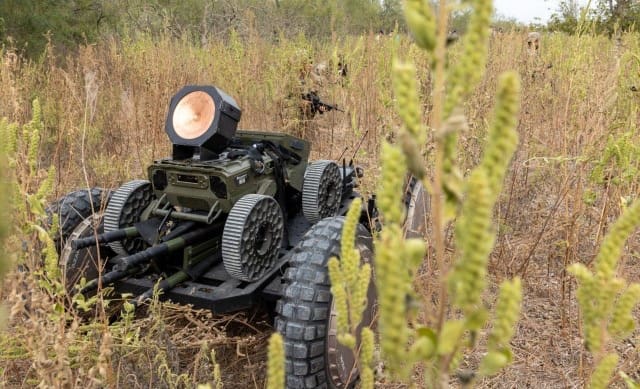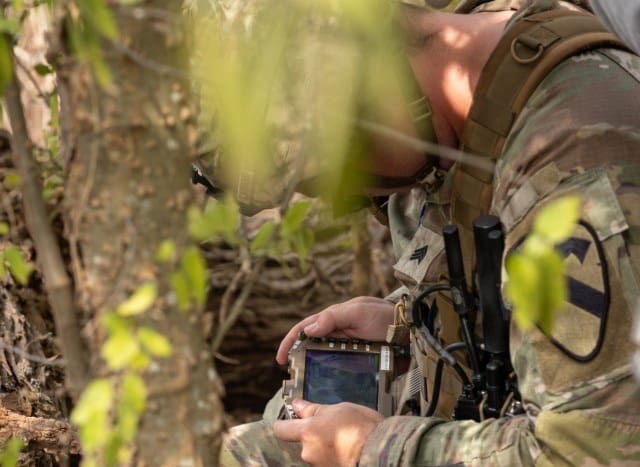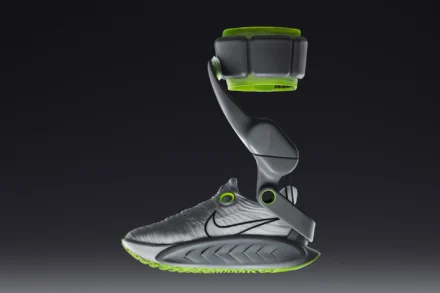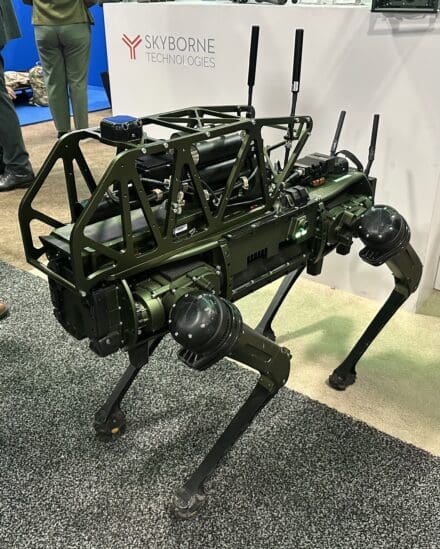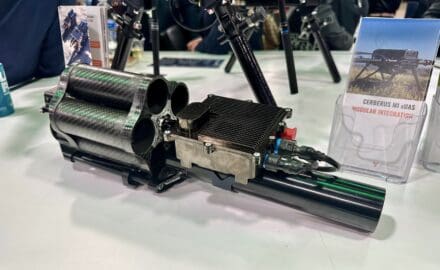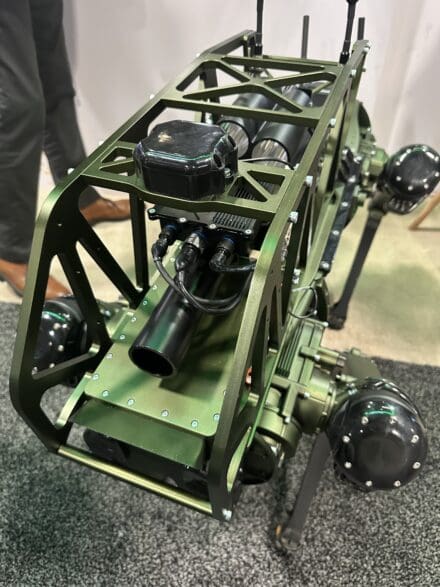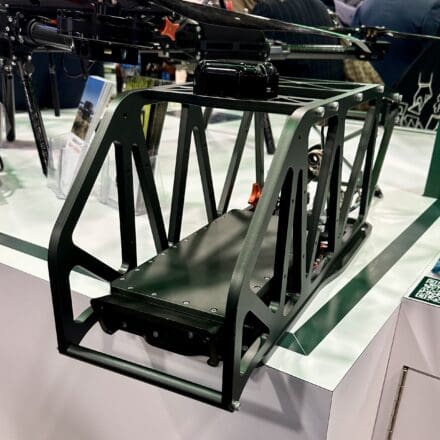
A European consortium uniting leading defence, research, and technology organisations from across the Union has launched the iMUGS2 project to develop the next generation of interoperable unmanned ground systems, following its successful proposal to the European Commission under its European Defence Fund (EDF) programme. The project is coordinated by Milrem Robotics.
Building on the achievements of the first iMUGS project, iMUGS2 aims to enhance Europe’s autonomy and robotics capabilities by developing a scalable, interoperable, and secure system-of-systems architecture for both unmanned and manned platforms. The project reinforces Europe’s technological sovereignty in key defence areas, including AI-driven autonomy, systems integration, communications, and command and control.
“With iMUGS2, Europe takes another significant step towards developing truly interoperable and scalable robotic forces that enhance the continent’s defence capabilities,” said Raul Rikk, Capability Development Director at Milrem Robotics. “The project promotes innovation and cooperation among European nations, ensuring that future AI-based autonomous systems can operate seamlessly together on the battlefield.”
iMUGS2 begins immediately with extensive conceptual, operational, and technical development across multiple domains. Partners will design and refine operational concepts, system architectures, and technological solutions that advance manned–unmanned teaming, autonomous functions, secure communications, and electronic protection.
In parallel, the project focuses on system integration, lifecycle efficiency, and interoperability, laying the groundwork for upcoming demonstrations and capability deployment across Europe’s defence landscape. These developments will ensure resilient, cost-effective, and future-ready unmanned systems.
About iMUGS2
With a total value of approximately €55 million and nearly €50 million in EDF funding, iMUGS2 pursues three strategic objectives: to develop and demonstrate combat-ready unmanned ground systems that support dismounted troops; to define operational concepts showing how unmanned ground and aerial systems can improve infantry battalion operations and cross-domain cooperation; and to advance modular, open architectures and lifecycle management frameworks that ensure interoperability across both legacy and future platforms.
About the Consortium:
The iMUGS2 Consortium comprises 29 partners from 15 European Union member states. The group includes large corporations, mid-sized businesses, SMEs, and research organisations. Each partner provides leading expertise in their respective fields, supporting a comprehensive vision throughout the project’s lifecycle. This diversity allows the consortium to tackle potential challenges and deliver strategic, effective solutions.
The iMUGS2 Consortium includes the following entities: AVL List, Bittium Wireless, Bureau Veritas, Czech Technical University in Prague, Cybernetica, Delft Dynamics, Diehl Defence, dotOcean, Elettronica, Escribano Mechanical and Engineering, FN Herstal, GMV, Huta Stalowa Wola, Insta Advance, Integrated Systems Development, John Cockerill Defense, Kepla, KNDS France, KNDS Germany, Kongsberg Defence & Aerospace, Latvijas Mobilais Telefons, ?ukasiewicz – PIAP, Milrem Robotics (project coordinator), Nortal (Talgen Cybersecurity), Norwegian Defence Research Establishment, the Royal Military Academy of Belgium, Safran Electronics & Defense, Svensk Konstruktionstjänst and TNO.
For more information, please visit imugs.eu.
